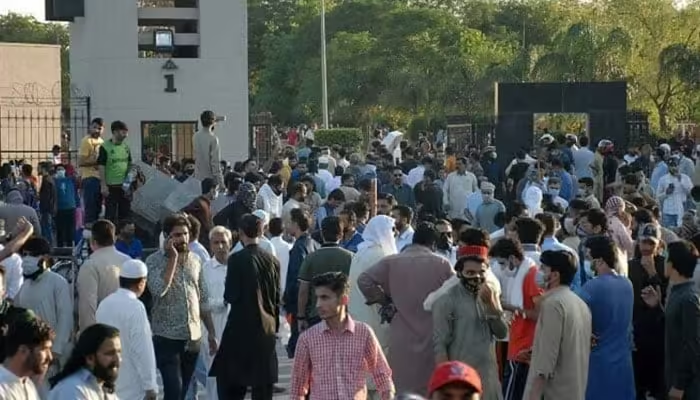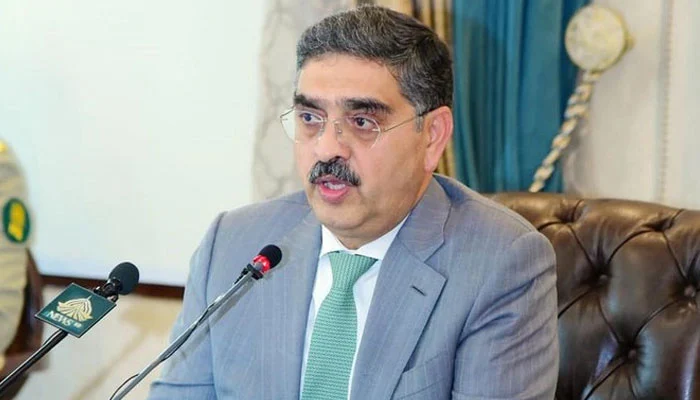In a major development surrounding the GHQ attack case, new evidence and critical documents have been submitted in the Rawalpindi Anti-Terrorism Court as part of investigations into the events of the May 9 incident. This case, filed in the RA Bazar police station, has seen a significant increase in investigative depth, with police introducing 87 witnesses and a comprehensive map of the crime scene identifying 54 specific locations linked to the tragic events. The case involves accusations against former provincial minister Raja Basharat and PTI local leader Khalid Jadoon, who allegedly incited others to damage important installations, vehicles, and security posts.
Detailed Evidence and Witness List Submitted
The prosecution has brought forward a robust set of documents and witness testimony to support its case. The list of 87 witnesses includes a range of officials and key personnel who were either involved in the events of May 9 or are critical to verifying the evidence gathered. Among the witnesses are representatives from various Police Stations, IT Lab Officers, the Federal Investigation Agency (FIA) Building Department, PEMRA, and five members of the Joint Investigation Team (JIT). Each of these witnesses is expected to provide critical insights and observations, potentially strengthening the prosecution’s case against the accused.
Crime Scene Mapping: Identifying Key Locations
The prosecution submitted a map highlighting 54 specific locations at the GHQ that are said to be linked to the alleged criminal activities. According to reports, these areas were targeted during the incident, and the detailed mapping provides a clear, visual representation of the crime scene for the court. The mapped locations, which reportedly include damaged checkposts, security installations, and other key areas, offer a forensic layout that aims to help the court better understand the extent of the destruction caused.
Accusations Against Key Figures
The evidence presented includes allegations that Raja Basharat, a former provincial minister, and Khalid Jadoon, a PTI local leader, played a role in inciting protestors to commit acts of vandalism. According to the police, these influential figures allegedly encouraged individuals to damage key installations, including military statues and other important symbols at the GHQ. The police also allege that petrol bombs were used to attack vehicles, with evidence indicating that the MH pole was also targeted.
This level of destruction and incitement, as claimed by the prosecution, sheds light on the events and escalations that led to substantial property damage and a threat to public safety. The accusations bring to the fore the responsibility of influential individuals in the unrest, with the court expected to closely scrutinize their role in influencing the crowd.
Technical Evidence and Forensics
In addition to witness testimony, forensic evidence is expected to play a pivotal role in this case. Police have presented digital evidence from the IT Lab, including video footage and communications data that potentially corroborate the charges. The presence of IT Lab Officers and officials from the FIA is indicative of the digital investigation’s role in tracing activities back to the accused. Video evidence, if proven authentic, could be particularly impactful, as it provides a direct link between the accused individuals and the events that unfolded on May 9.
PEMRA officials on the witness list may also present broadcast-related data and records of live coverage during the protests, offering a chronological overview of the event’s escalation. This type of technical and forensic evidence is essential in cases of this nature, providing a layered approach to the prosecution’s argument and complementing the accounts provided by eyewitnesses.
Security and Public Response
The May 9 incident was not an isolated case, as it was part of a larger wave of protests across several regions. Given the sensitivity surrounding attacks on military and government installations, the public response to the case has been substantial. The attack on GHQ holds symbolic significance, and many citizens have expressed concern over the extent of the damages incurred. The legal proceedings and subsequent actions taken against the accused may serve as a potential deterrent for similar incidents in the future.
The Role of JIT Officers in the Investigation
The involvement of five Joint Investigation Team (JIT) officers is significant, as they will provide an impartial view of the investigation. Tasked with compiling a thorough report, the JIT has conducted interviews, examined physical evidence, and scrutinized technical data. Their findings are expected to provide a comprehensive overview of the case, focusing on the individuals involved, their motives, and the extent of their participation. The JIT’s independent assessment will likely play a critical role in aiding the court’s decision-making process, as it represents a multi-faceted analysis of the incident.
Legal and Social Implications
This case has legal ramifications not only for the accused individuals but also for the larger community. If convicted, the alleged inciters could face severe penalties under anti-terrorism laws, serving as a precedent for dealing with similar cases in the future. This trial will likely highlight the importance of protecting government and military installations and the consequences for those found guilty of inciting violence and destruction.
Moreover, the case underscores the need for political and social accountability. The events of May 9 were highly polarizing, sparking debate around civil unrest and public safety. The court’s decision will resonate beyond the legal domain, influencing public perception of how cases of alleged terrorism and incitement are managed within the justice system.
Looking Forward: What’s Next in the Case?
With the next hearing set to review the evidence in detail, all eyes are on the Rawalpindi Anti-Terrorism Court as it navigates the intricate web of accusations, evidence, and testimony. The extensive witness list and comprehensive crime scene mapping underscore the prosecution’s commitment to building a strong case. This case not only seeks to deliver justice for the damages caused but also aims to restore public trust in law enforcement and judicial processes.
As the case progresses, the court’s findings and verdict will undoubtedly set a tone for similar cases in the future. The GHQ attack incident remains a defining moment in recent history, and the outcome of this trial may set a precedent for handling cases involving incitement and attacks on national symbols.



